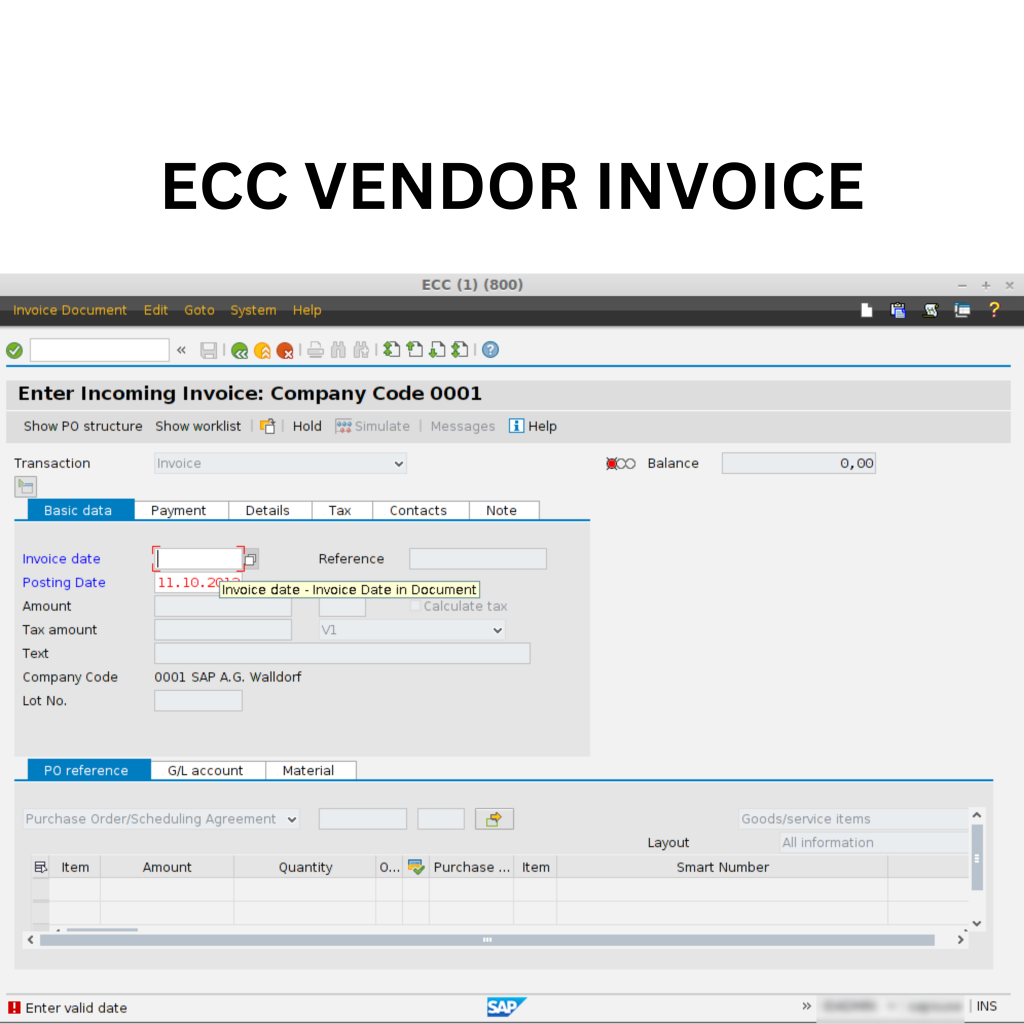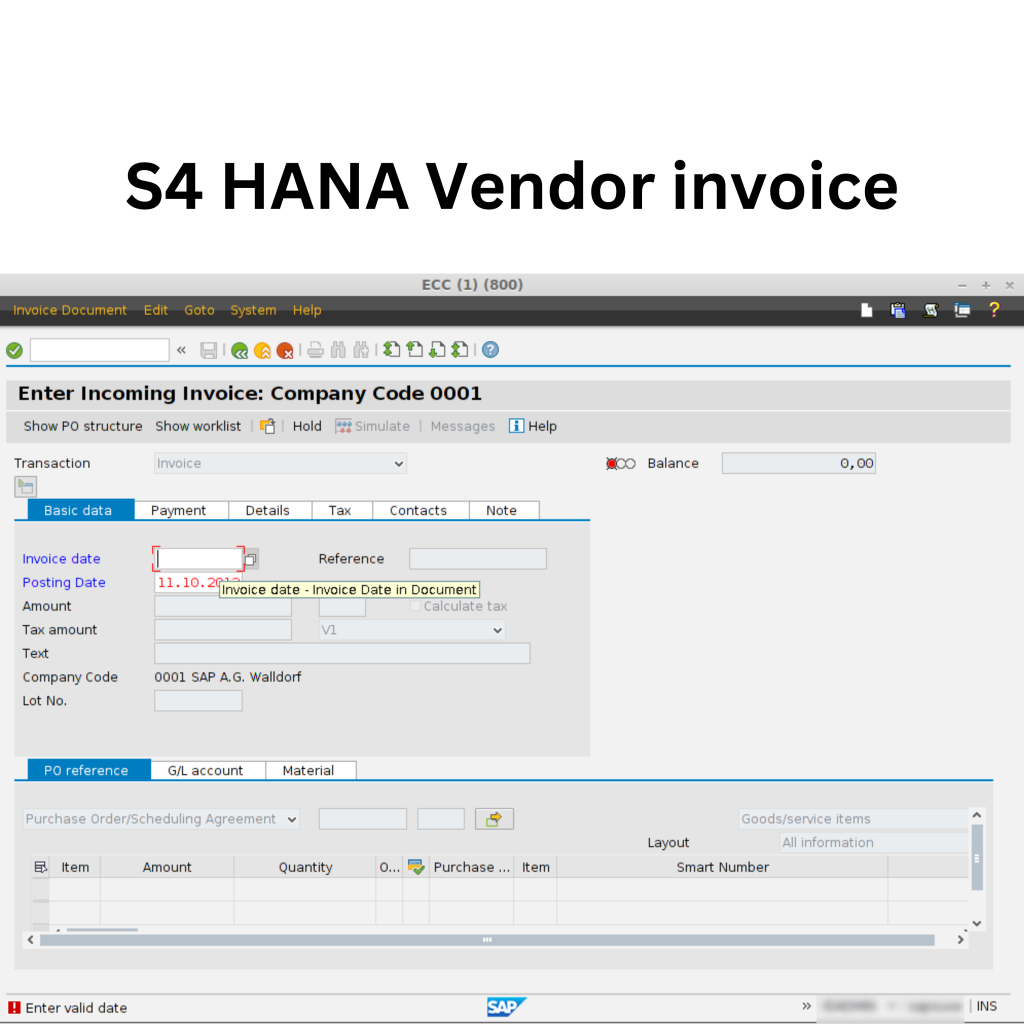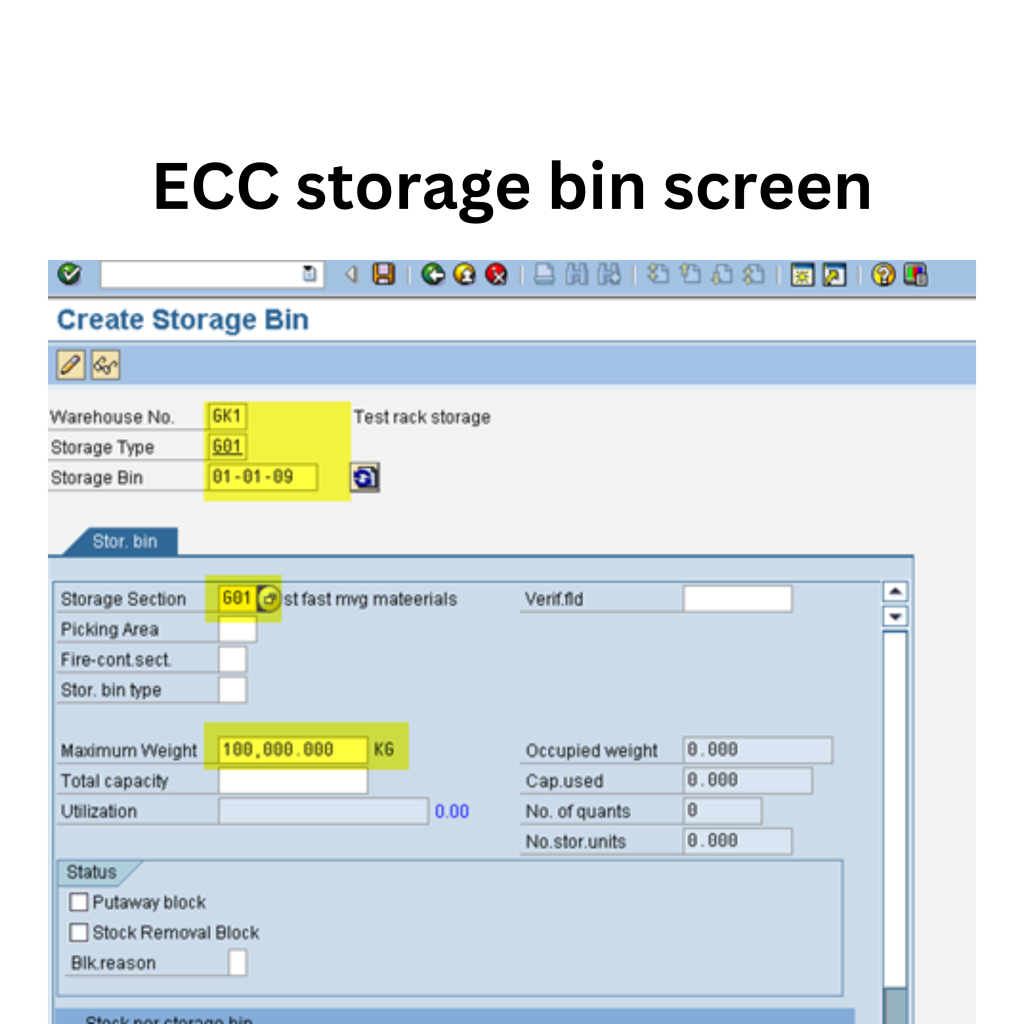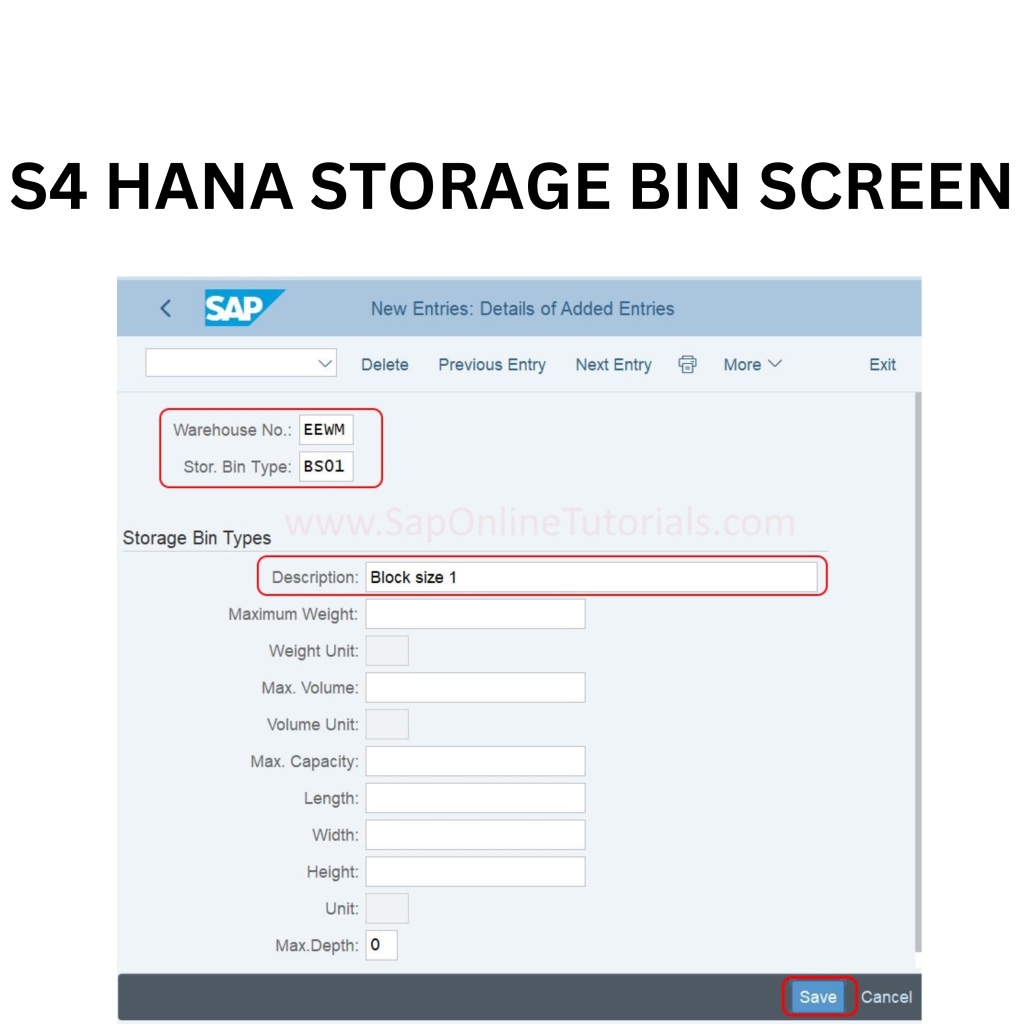SAP WM & EWM Training
Sapalogy offers you the best SAP WM & EWM training in nagpur for freshers and experience candidate in nagpur, with expert guidance and 100% guaranteed placement assistance. Our SAP training course covers every technical topics in details and the student is left with real-time hand on experience.
Our practical, Job-oriented training program will not only provide you with a certificate but also with knowledge equivalent to around 2+ years of field experience. We value your time as much as over. Hence we invented to train you in SAP WM & EWM with S/4 HANA in just 4 months.
- End user 1 month (ECC / S4 HANA)
- Configuration 2 months(ECC/S4 HANA)
- Project 1 month
All the topics will be covered in detail and also include.
- Resume preparation
- Interview practice
- 6 month internship
- with 100 % job opportunities guaranteed program.
What is SAP WM & EWM ?
SAP WM (Warehouse Management):
- Core functionality for managing warehouse processes.
- Handles goods receipt, goods issue, and stock transfers.
- Optimizes storage bin utilization and warehouse layout.
- Provides real-time visibility into inventory levels.
- Supports RF (Radio Frequency) technology for efficient data entry.
- Integrates with other SAP modules for end-to-end business processes.
- Suitable for organizations with standard warehousing needs.
SAP EWM (Extended Warehouse Management):
- Advanced warehouse management solution for complex logistics scenarios.
- Offers advanced features such as slotting, labor management, and yard management.
- Enables multi-level storage hierarchy for high flexibility.
- Supports wave management for efficient order picking.
- Incorporates task and resource management for optimized operations.
- Provides real-time analytics and reporting for decision-making.
- Ideal for organizations with complex distribution networks and diverse logistics requirements.
- Sapalogy taining provides SAP MM training in offline and online mode. Starting end user, consulting, implementation, support with real time SAP project based training.
- IT background, non IT background, freshers, experience can start their career in SAP irrespective of their background.
- Sapalogy is the best training institute in nagpur with the 100% job opportunities.
Quick Enquiry
Roadmap to learn SAP WM & EWM with Sapalogy
1.Introduction
- What is SAP?
- What is SAP WM & EWM?
- What is SAP HANA?
- SAP course
- SAP certification
- SAP jobs in india
- SAP jobs in nagpur
2. System Design and Configuration
- Design the SAP WM & EWM system architecture.
- Configure SAP WM to meet basic warehouse management needs.
- Implement SAP EWM functionalities for advanced warehouse processes.
- Integrate SAP WM & EWM with other relevant SAP modules (e.g., SAP ERP, SAP S/4HANA).
- Conduct thorough testing to ensure system stability and functionality.
3. Data Migration and Master Data Setup
- Identify and migrate relevant data from legacy systems to SAP WM & EWM.
- Set up master data, including materials, storage bins, and warehouse structures.
- Validate data accuracy and completeness.
4. Go-Live and Stabilization
- Execute the system go-live with a carefully planned cutover strategy.
- Monitor system performance and resolve any issues promptly.
- Provide post-implementation support and training.
- Gather feedback from users and make necessary adjustments.
5.Optimization and Continuous Improvement
- Conduct regular system audits to identify areas for improvement.
- Implement enhancements to optimize warehouse processes.
- Stay updated with SAP releases and apply relevant patches or updates.
- Explore additional SAP EWM features and functionalities.
6. Integration with Advanced Technologies
- Explore and integrate emerging technologies such as IoT, RFID, and automation.
- Evaluate the use of analytics and business intelligence tools for warehouse optimization.
- Investigate possibilities for integrating with external systems and partners.
7. Assessment and Planning
- Conduct current state analysis of existing warehouse processes.
- Define business requirements and identify pain points.
- Evaluate the need for SAP EWM based on advanced features and capabilities.
- Engage stakeholders to gather input and expectations.
- Develop a high-level project plan and budget.
8. Resume preparation
- Include keywords
- How to prepare reSume
- How to prepare resume for freshers.
- Show impact
- Include soft skills
- Be unique
SAP WM & EWM Training syllabus
SAP WM+EWM
(WAREHOUSE MANAGEMENT)
SAP EWM
(EXTENDED WAREHOUSE MANAGEMENT)
Upcoming Batch Schedule for SAP WM & EWM Training
Sapalogy provides flexible timings to all our students. Here are the SAP WM & EWM Training Classes in Nagpur Schedule in our branches. If this schedule doesn’t match please let us know. We will try to arrange appropriate timings based on your flexible timing.
| Course | Batch time | Offline | Online | Enquire now |
|---|---|---|---|---|
| SAP WM & EWM | Starts every week | Nagpur | India | Enquire now |
| SAP PM | Starts every week | Nagpur | India | Enquire now |
| SAP FICO | Starts every week | Nagpur | India | Enquire now |
| SAP | Starts every week | Nagpur | India | Enquire now |
Can’t find a batch you are looking for you ?
SAP WM & EWM CERTIFICATION
- Sapalogy training certification will serve as proof that the courses were completed by Sapalogy.
- The SAP S/4HANA certification offered by Sapalogy will equip you with valuable skills, enhancing your competitiveness in the job market.
- Sapalogy provides comprehensive guidance for your SAP S/4HANA global certification, ensuring a 100% passing guarantee in examinations such as Salesforce Administration Certification, SAP S/4HANA Platform Development Certification, and various other global exams.
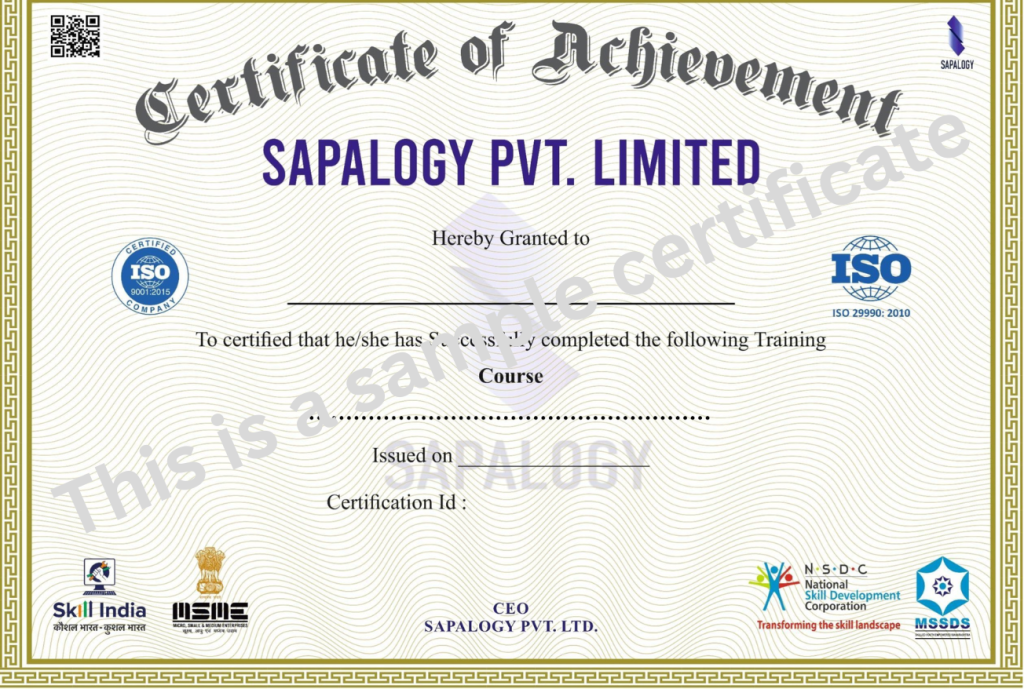
Key features of SAP WM & EWM Training
Training course reviews
Our reviews







